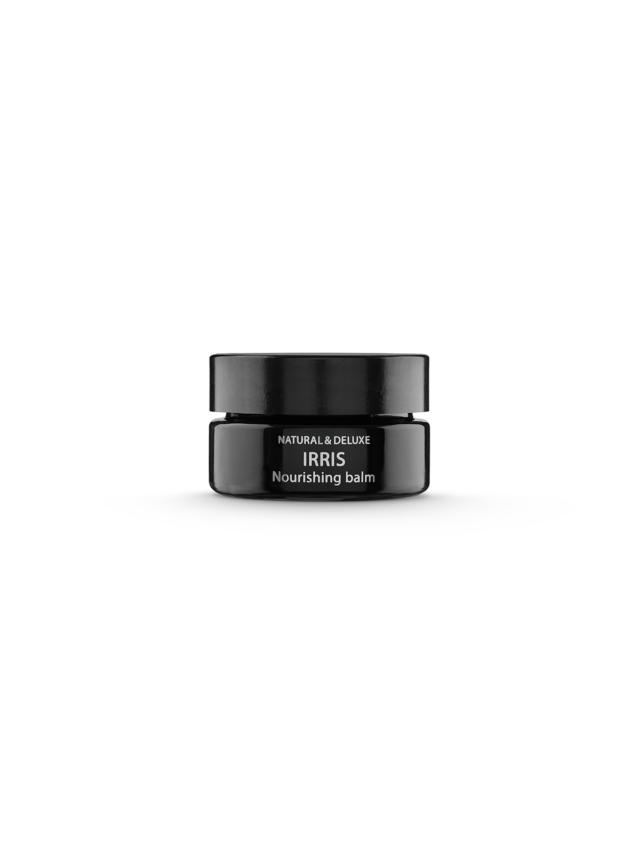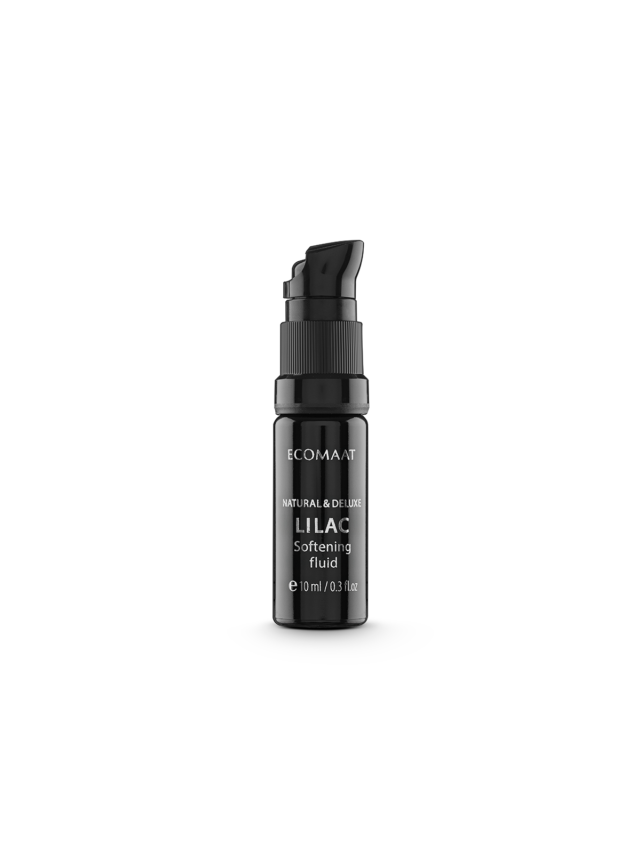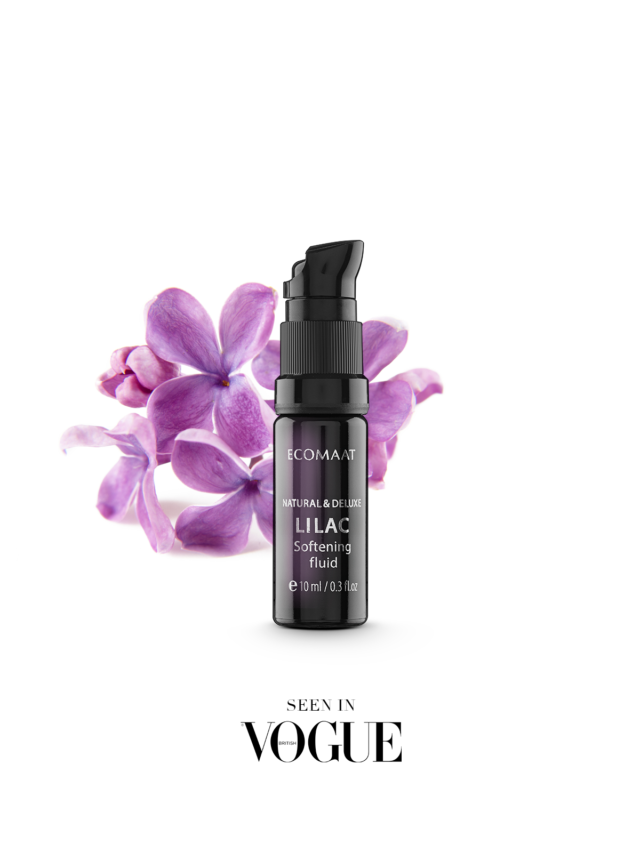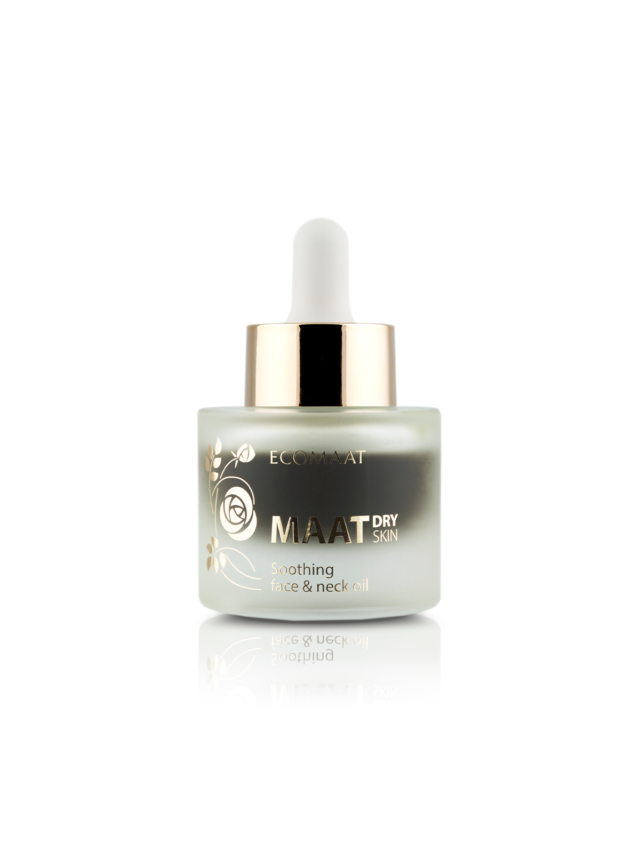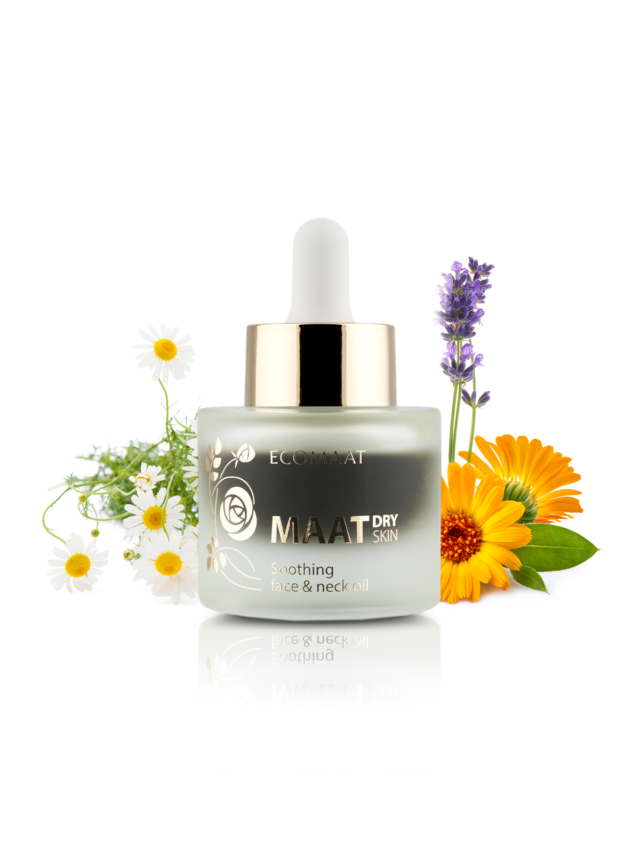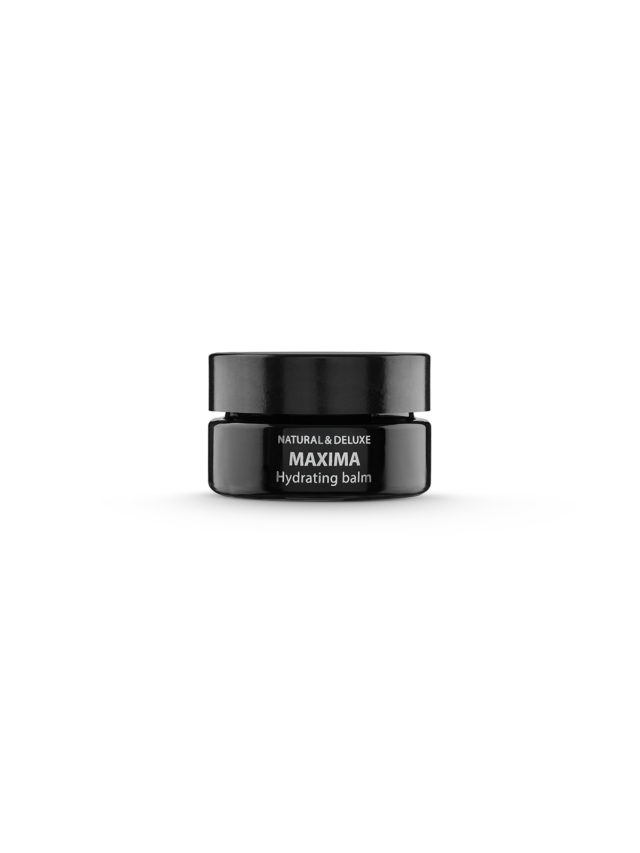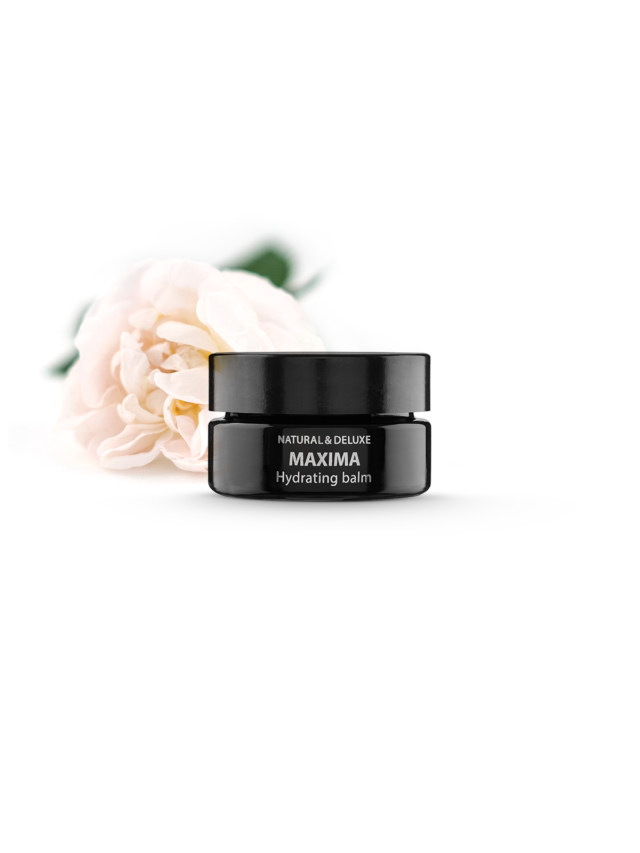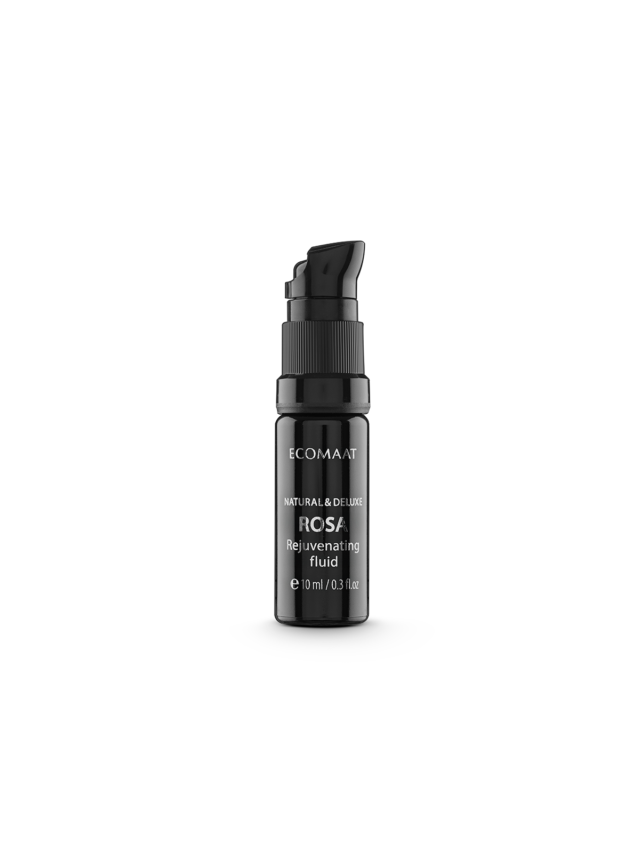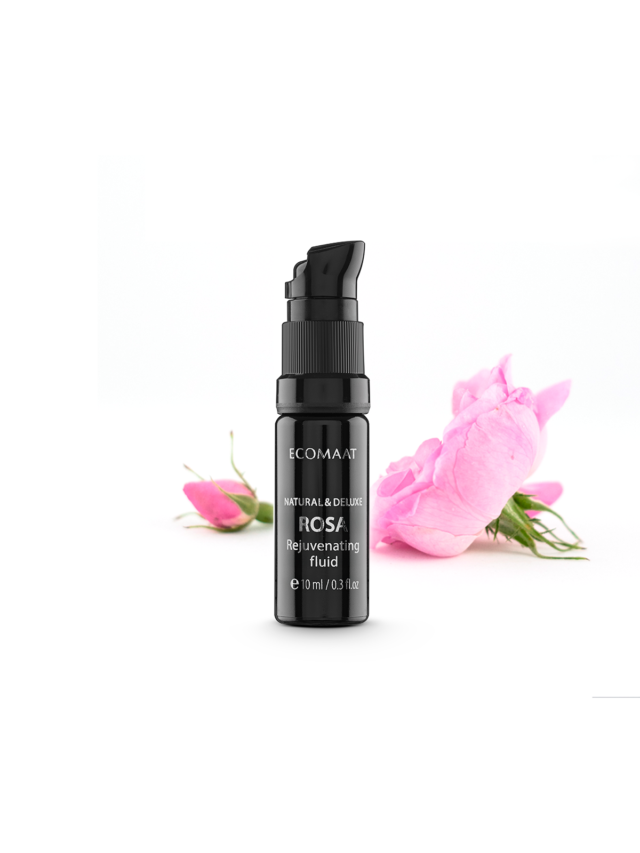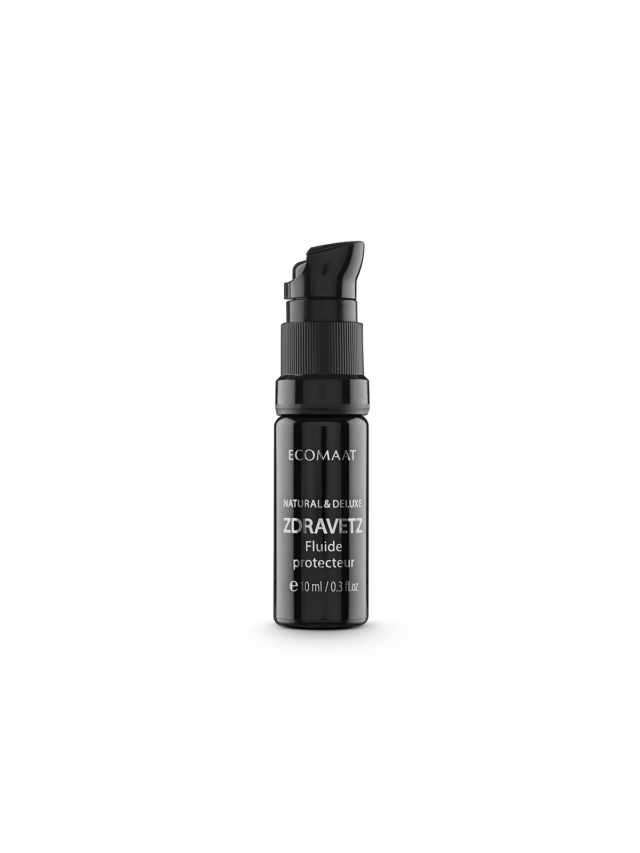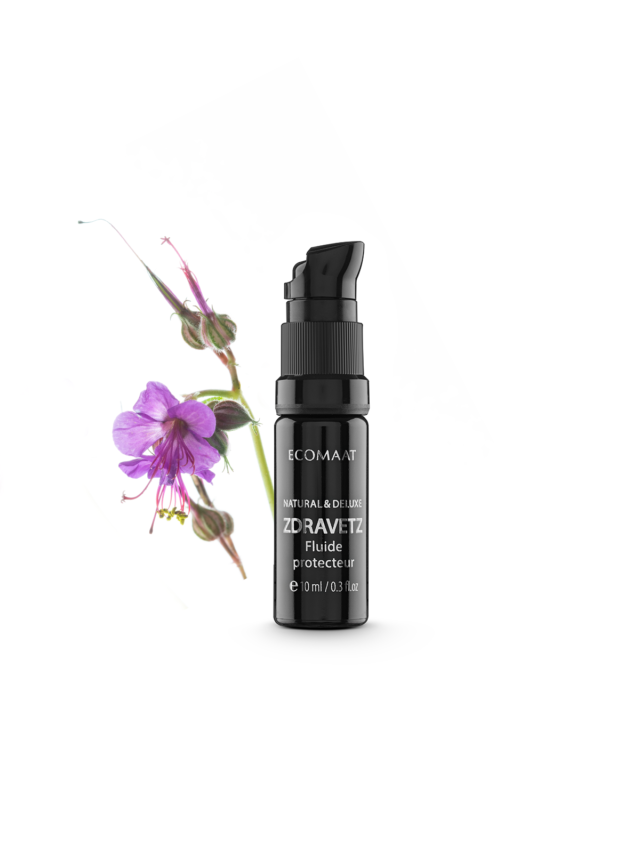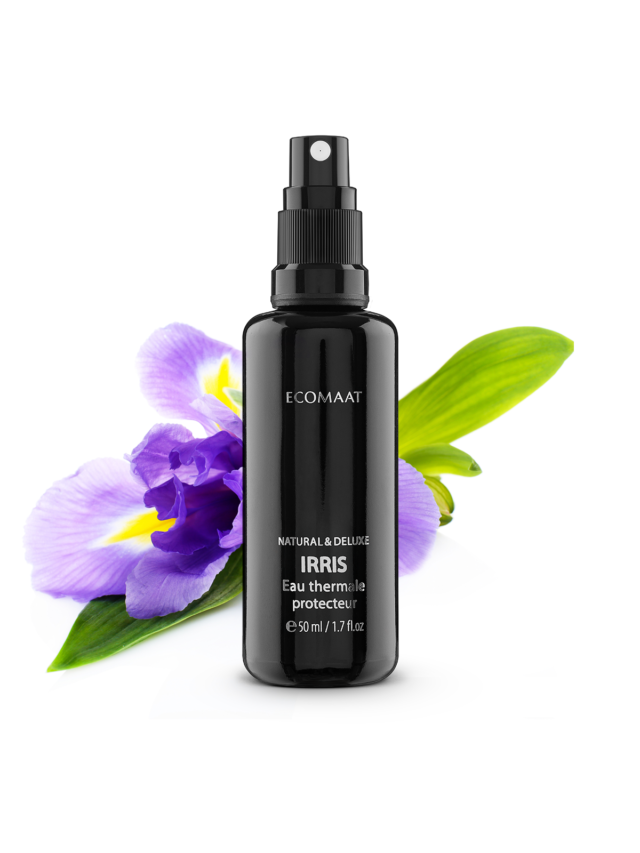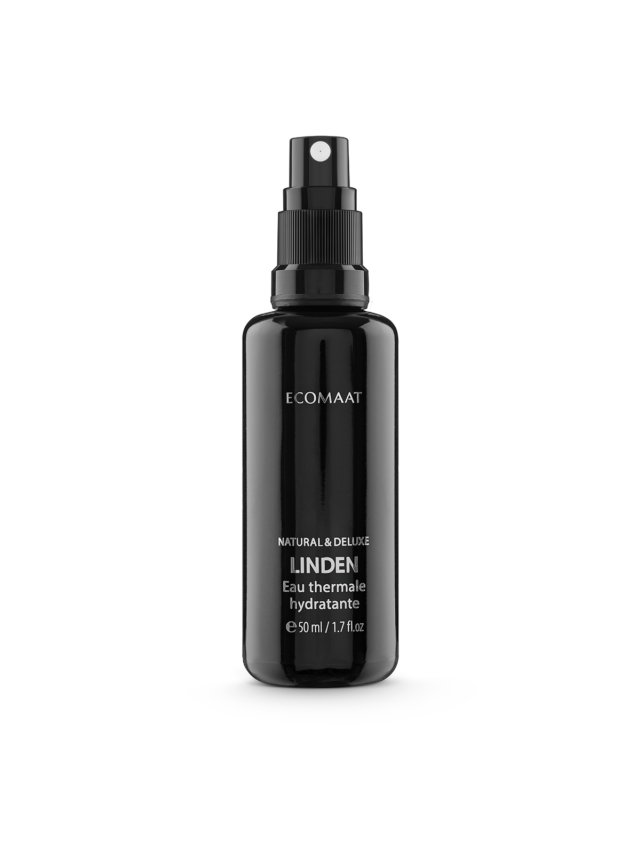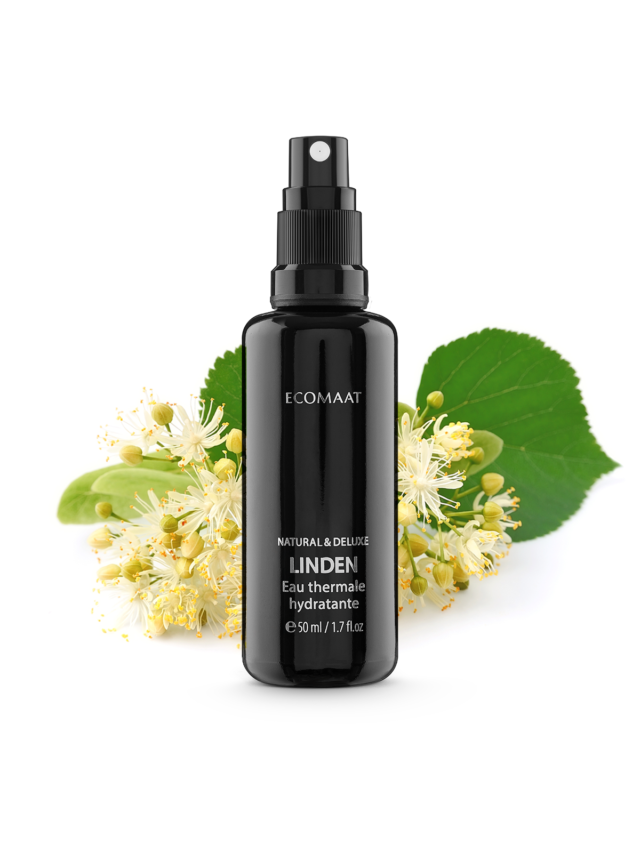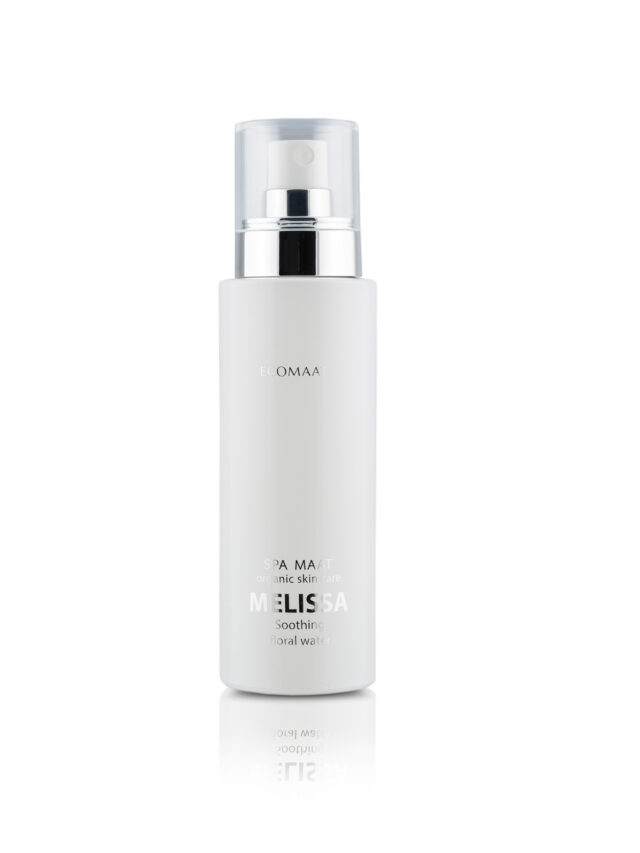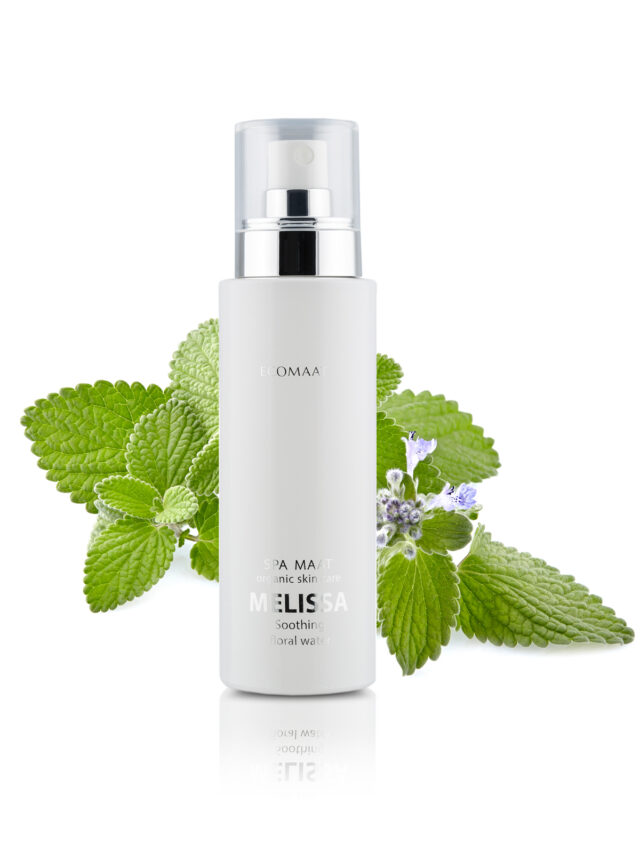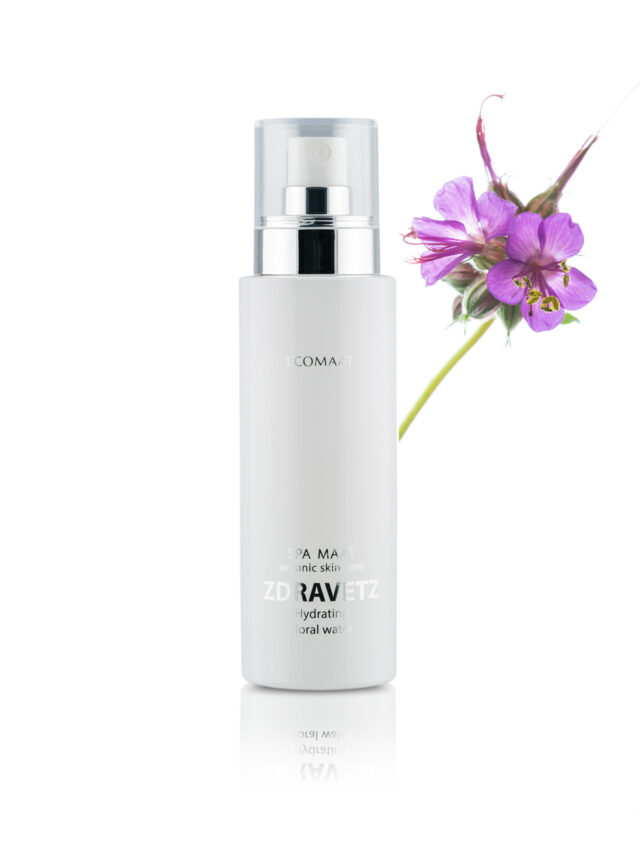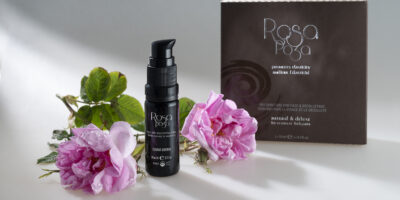
Although they have similar symptoms, dry and dehydrated skin differ and require completely different care. The main difference is that dry skin is a constant condition, often genetically determined, while dehydrated skin is a temporary phenomenon reflecting a disruption in the skin’s water balance. We will briefly present what else you need to know about the conditions of dryness or dehydration of the skin and how you can help yourself with natural products.
What is Dry Skin?
Dry skin is a skin type, not a temporary condition. It is characterized by low sebum content – the oily secretion that nourishes and protects our skin from excessive dryness and premature aging. When its secretion is insufficient and the skin’s main protective barrier, the hydro-lipid mantle, does not function well, the epidermis is not adequately nourished and protected, leading to a feeling of tightness, dryness, and irritation. People with dry skin complain of flaky skin all over their bodies and are more prone to early signs of aging.
Some individuals have a genetically determined dry skin type with smaller or even invisible pores. According to scientific research, this is due to defective proteins in the outer layer of the skin. Dry skin is more predisposed to skin disorders and is often described as intolerant due to its hypersensitivity. It is usually one of the conditions that contribute to chronic skin conditions such as eczema.
Signs of Dry Skin:
> Flaking of the skin.
> Mild redness, itching, or irritation.
> A constant condition from birth. Uniform dryness is observed all over the body – face, hands, feet, or scalp.
> Early signs of aging – fine wrinkles, loss of elasticity, and radiance of the skin.
> Aggravation of symptoms such as flaking, dryness, and tightening during winter.
> Frequent occurrences of psoriasis, eczema, or dermatitis.
How to Take Care of Dry Skin?
Foods rich in omega-3, 6, and 9 fatty acids, vitamins A, and E will help us nourish the skin’s natural protective layer. Using oil-based compositions will support the building of the lipid barrier, forming a protective layer that will better shield the skin from the harmful effects of the environment and climatic changes that strongly affect dry skin. The skin will become healthier, plumper, and more radiant. At the same time, oil compositions do not disrupt the normal physiology of the skin, do not clog it, and do not interfere with one of its main functions as a protective organ in the body. Nourishing the lipid layer also leads to better moisture retention in the skin, improving its turgor and juiciness.
Oil-based cosmetic products: they form a protective but breathable layer on the skin, keeping it healthy and radiant. For better hydration, apply them to damp skin. Using floral or thermal water just before applying oil-based products will increase their effectiveness.
Plant oils: they are close to the body’s natural fats and are easily absorbed by the skin, maintaining its natural functions by complementing the lipid content and preventing moisture loss. They contribute to softer, firmer, and healthier skin with a fresh complexion. Learn more about plant oils in the article “Why are plant base oils important?”
Oil-based facial fluids: provide excellent daily care for dry skin with completely natural CO2 extracts of herbs and flowers dissolved in organic plant oils.
Facial balms: for day and night care of the skin on the face, décolleté, and delicate eye area. They stimulate skin regeneration and slow down the aging processes. They envelop sensitive dry skin with a fine soothing layer, protecting it from drying out and shielding it from the harmful effects of the environment.
Nourishing masks: see recipes for intense hydration and regeneration with nourishing masks that you can easily prepare at home: 100% Natural Homemade Skin Care Masks I: Nourishing Dry and Loose Skin>.
Therapeutic oils for face and body: SPA MAAT PRODUCTS’ oils contain carefully selected, self-produced 100% organic essential oils and extracts dissolved in a rich lipid complex. They soften, moisturize, and deeply regenerate the skin. They act on the intercellular layers and restore the functions of the skin barrier.
What is Dehydrated Skin?
Dehydrated skin is a temporary condition of insufficient water content. It can be observed in anyone, regardless of skin type, and can be improved with proper care. Very often, improper care of oily skin, especially errors in the first step – cleansing, can lead to dehydration. This is an interesting and frequently encountered combination – excessive sebum production and total lack of moisture. In other words, the signs of dehydration can also be observed in oily or combination skin.
With dehydrated skin, you may notice:
> Itching;
> Uneven skin tone;
> More pronounced fine lines and wrinkles;
> Discomfort and flaking.
Find out if your skin is dehydrated with a simple test:
Pinch a small amount of skin on your cheek, abdomen, chest, or the back of your hand and hold it for a few seconds. Then observe.
If your skin immediately returns to its original state without any signs of pinching, your skin is likely not dehydrated.
If it takes a few minutes for the skin to recover and remove the signs of pinching, your skin is likely dehydrated.
Repeat the test in other areas of the body for a more accurate result.
Very often, only those areas of the skin that are exposed to external factors – climatic, chemical, etc., suffer from dehydration.
The significant loss of water in the skin can be caused by various factors affecting the lipid layer.
The most commonly encountered factors for dehydrated skin:
>Temperature changes: cold, wind, and sun exposure.
> Aging: structural changes in the natural aging process.
It is essential to know that the lack of water in dehydrated skin and the low amount of fats in dry skin are closely related. When the lipid balance of the skin is disrupted (due to genetic and/or environmental factors), the structural integrity of the skin barrier is lost, leading to an increase in trans-epidermal water loss. Thus, dry skin inherently also leads to dehydrated skin.
What to Do for Dehydrated Skin?
For dehydrated skin, it is essential to drink more fluids as this hydrates the skin from within. When talking about fluids, water is best. You can also include water-rich fruits and vegetables in your diet.
Step 1: Hydration
Floral waters: maintain the skin’s natural moisture, regulate pH balance, and refresh the skin. Always carry floral or thermal water with you to hydrate your face while traveling or in the office. Apply whenever you need refreshing. Learn more about floral waters and their invaluable benefits in the article.
Find out more in the article: The invaluable floral waters – affordable and fresh organic skin care>
Thermal waters: Ecomaat thermal waters with CO2 extract of Lime and Iris roots – help retain moisture in the skin and provide intense hydration throughout the day. The minerals in the composition of thermal water are involved in exchange processes, reaching the skin cells and normalizing their biological functions.
Learn more about Ecomaat Thermal waters>
Step 2: Preserving Moisture in the Skin with a Protective Film of Plant Oils
After applying floral or thermal water, it is essential to preserve the moisture with plant oils, creating a breathable protective layer, just like in caring for dry skin. Applying an oil composition immediately after using floral or thermal water helps retain moisture in the skin and prevent excessive evaporation from the surface layer. At the same time, it improves the skin’s primary protective function, protecting it from excessive moisture loss and nourishing it. This helps the skin maintain an appropriate level of hydration.
See the Intensive Skin Regeneration Program after Summer with 100% Organic Cosmetics in the article How to Deal with Pigmentation, Spots, and Skin Dehydration after Summer>
100% Natural Products
Cosmetic products with 100% natural ingredients are effectively absorbed by the skin, acting at a deep cellular level (because they are lipid-soluble and recognized by cell membranes) and stimulating the body’s internal resources for recovery. They contribute to the synthesis of necessary substances to restore balance, hydration, regulate secretion, and other functionalities of the skin. Simultaneously, by penetrating the skin and entering the bloodstream, they influence both the functioning of internal organs and the psycho-emotional level. Learn more about this topic in the article What does my cosmetics contain and how does it work – natural vs. synthetic ingredients>.
In case you have any questions about the products and how to use them – we will be happy to answer at hello@ecomaat.eu or on our FB page.


